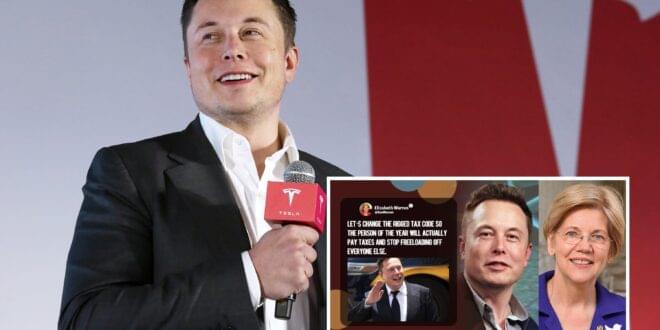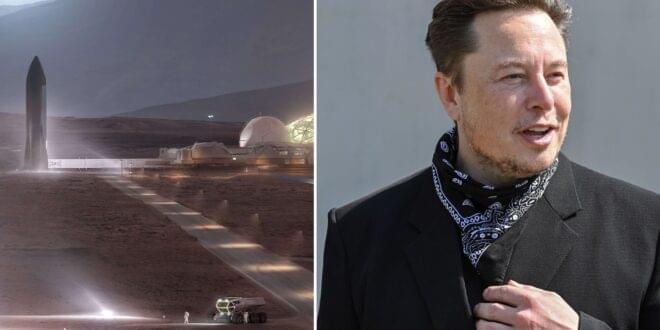Boston-based biotech Vincere Biosciences is on a mission to combat neurodegenerative disease by improving the quality of the mitochondria in our cells. The company was spun out from AI drug discovery company NeuroInitiative in 2018 after its platform identified that modulation of certain enzymes to repair mitochondrial health “may slow or stop the progression of Parkinson’s disease and other age-related disorders.”
In addition to seed funding, Vincere has received grants from the National Institutes of Health and Michael J Fox Foundation, and the company is now gearing up for a Series A funding round in early 2022.
Longevity. Technology: Mitochondria’s role in longevity is a hot topic. Often referred to as the “powerhouse of the cell”, these miniature organs within our cells play a key role in providing the energy needed for growth, repair and rejuvenation. As we age, our mitochondria begin to decline in function, and this decline is linked to a range of age-related diseases. We caught up with Vincere’s co-founder and CEO Dr Spring Behrouz to find out how her company aims to tap into the potential of these small but mighty biological players.




